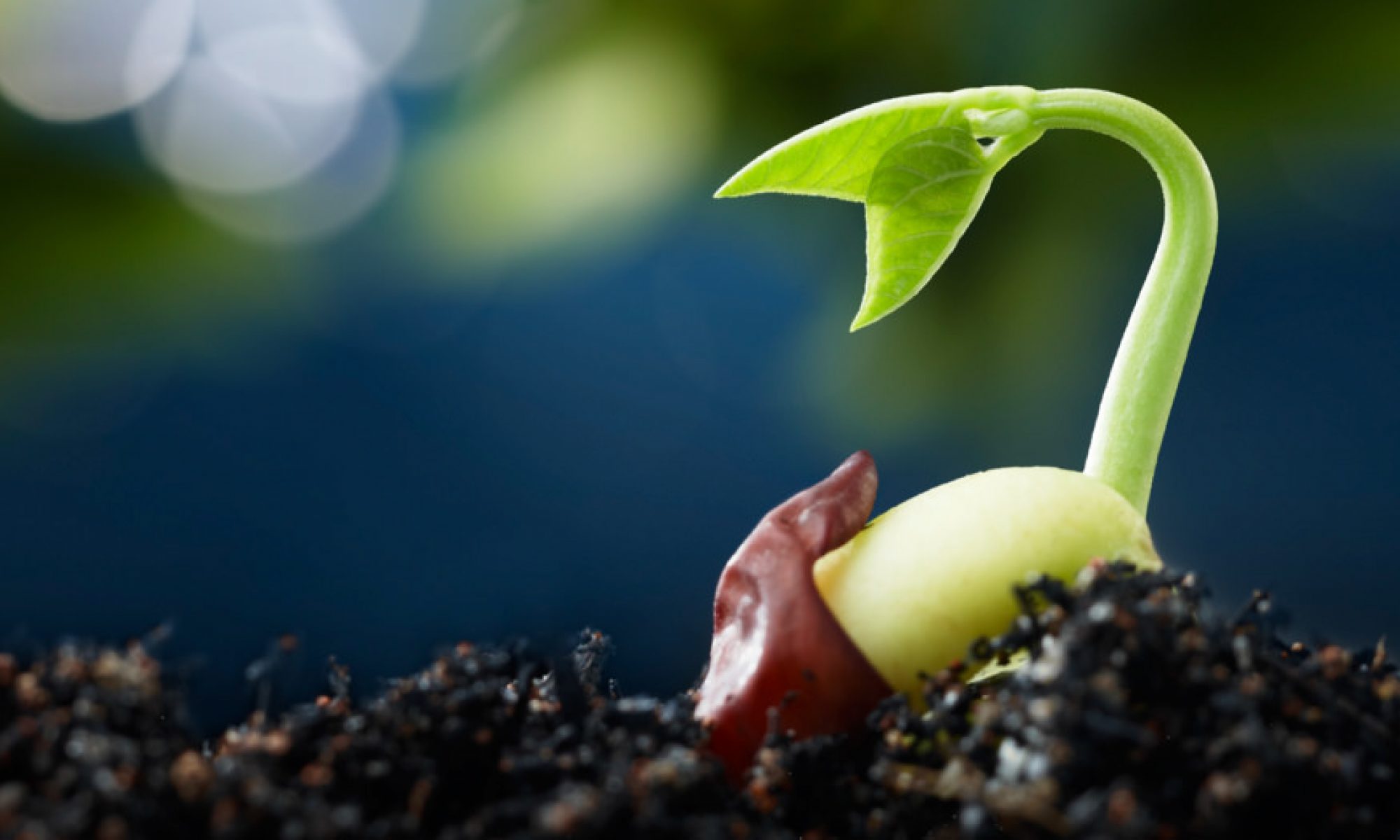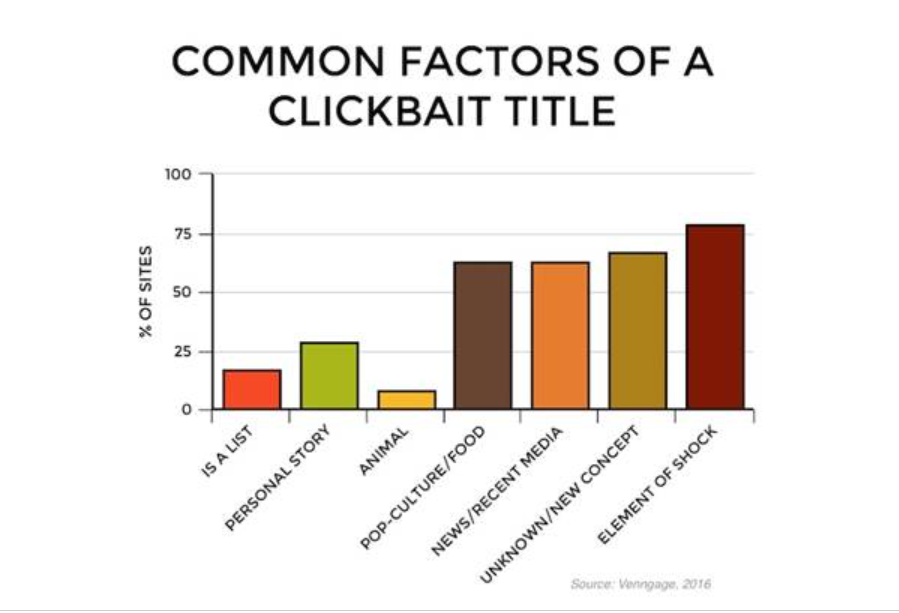By Rachel Donovan
According to ABC Action News, at the end of 2020, 98,000 missing persons cases were still active. 40% of these missing people are people of color. Daniel Robinson, a 24 year old field geologist went missing after a work shift on June 23rd, 2021 from outside of Buckeye, Arizona. Peiarre Canty, was reported missing in 2016 in Richmond, Virginia. Gabby Petito was reported missing on August 27th, 2021 while on a cross country road trip with her boyfriend.

What’s similar about these three cases? Well from the outside looking in, all three are missing person’s cases- however one seems to be more known to the general public.

The Gabby Petito case swept the nation in August of 2021. #findgabbypetito received over 700 million views on TikTok alone and made national headlines. The entire world was searching for Gabby.
But why?
Was her life more valuable to save than Canty & Robinson?
Reporters from ABC News argue, absolutely not, but then why is Gabby a household name while other missing people just slip through the cracks.
Late journalist Gwen Ifill, identified a theory she entitled “missing white woman syndrome”, where the media takes a priority and an infatuation with covering cases of seemingly middle class white women when they go missing.
In a study conducted by Zach Summers, he looked at articles from well renowned news sources such as: CNN, Chicago Tribune & the Atlanta Journal and compared their coverage of missing peoples cases to the database for missing people. ½ of the articles Summer noted were specifically about white women- a vast over representation compared to the truly 40% of cases that were people of color.
When looking at the cases of Canty & Robinson- both of which got little to no media coverage and both of which are young African American males?
Is there a coincidence here?
Many would argue yes.
According to an article written by NPR, there is a significant correlation between the amount of media coverage a missing person’s case gets and the outcome of their case. In a missing person’s case time is critical and an excellent tool in bringing people home safely.

This poses a very important concern on the bias in today’s media. Is there a bias for white women receiving media coverage and attention and is that affecting their outcomes? When we look back in modern history, many of the cases that have made national headlines are all white women: Gabby Petito, Natalee Holloway, Laci Peterson and Kristin Smart- all of which young white females. Why are these cases more “media worthy” then others? What is the need to be press worthy?
Many cases of people of color get brushed under the rug, according to a story from ABC Action News. Some are classified as runaways, and get an unfair bias due to the fact that it is “less predictable” that a middle class white woman would be involved in a crime or running away. That assumption however is not fair, and truly not giving everyone the same chance to receive help.
Rawl’s Veil of Ignorance states that there should be justice for all social differentiations. Rawl poses the question of fairness for all and helps to protect the weaker party. The media’s portrayal of missing person’s cases disagrees with Rawl’s theories. With white women’s cases being vastly portrayed in the media over cases of missing individuals of color does not give every case a fair and equal chance of outcome.
The media’s goal should be to have compassion for the victims of these cases. There is a social obligation to make sure that these individuals and the public are safe.
How can we do that?
How can we do better?
The media was greatly criticized after Petito’s case in 2021 on their unfair portrayal of some cases over others. No one was discrediting any pain or importance of the cases the media shared, but it was important to show the world the biased lens the media was reporting under.
Imagine the difference media attention could have given cases. A faster result, more eyes on a case- any coverage is positive. Making newsrooms more culturally diverse can help to make sure all are represented. Checking ourselves and making sure we are not only worrying about what might sound “newsworthy” to the general public but making sure that every case has the opportunity to be heard. It’s important to hold the media accountable and make sure nothing is going missing, that could potentially be found.




























